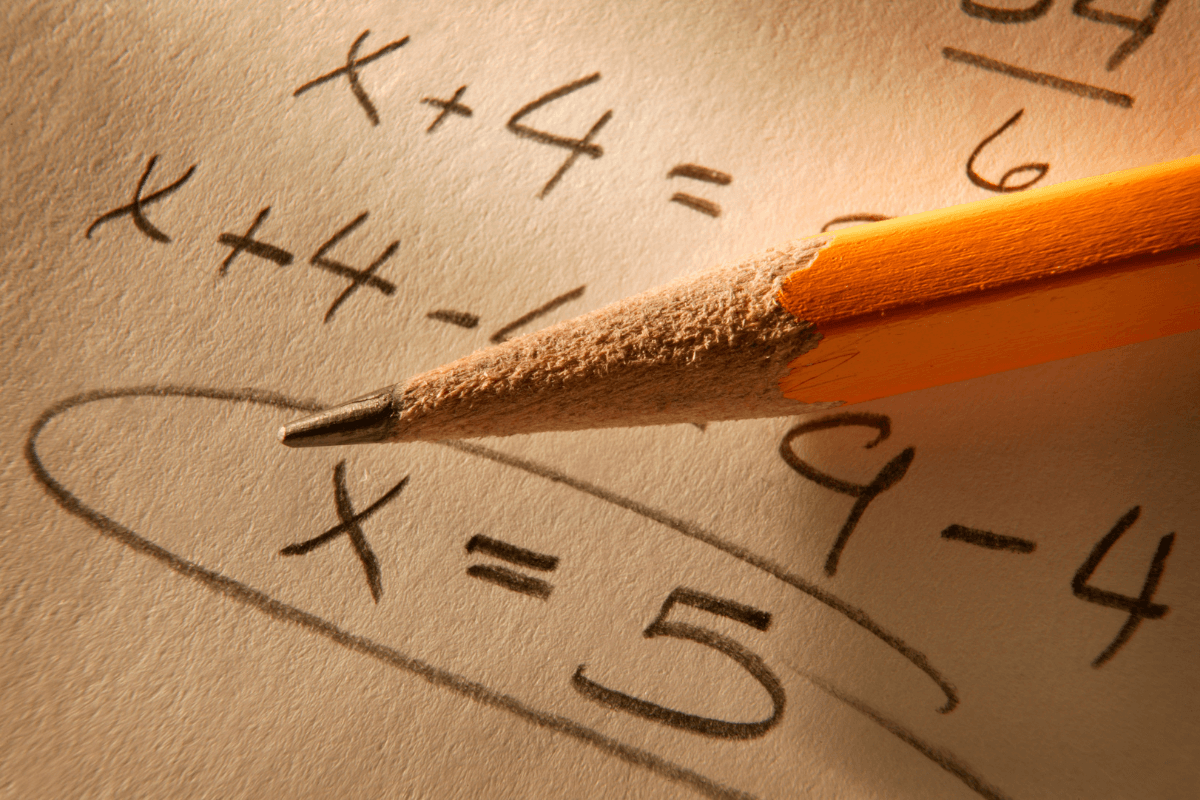Algebraic reasoning focuses on patterns, functions, and the ability to analyze situations with the help of symbols. It involves generalizing, representing, and formalizing patterns and regularity in all aspects of mathematics. Algebraic reasoning is introduced in the early grades and can help children develop the ability to learn proficiency using equations, functions, and variables. This […]


